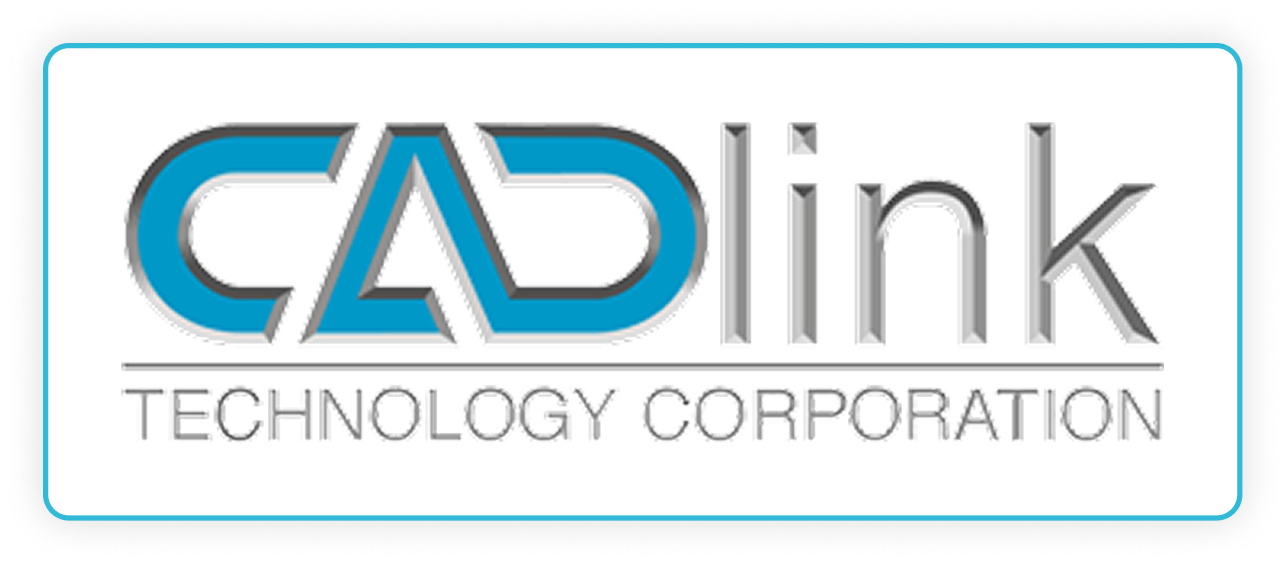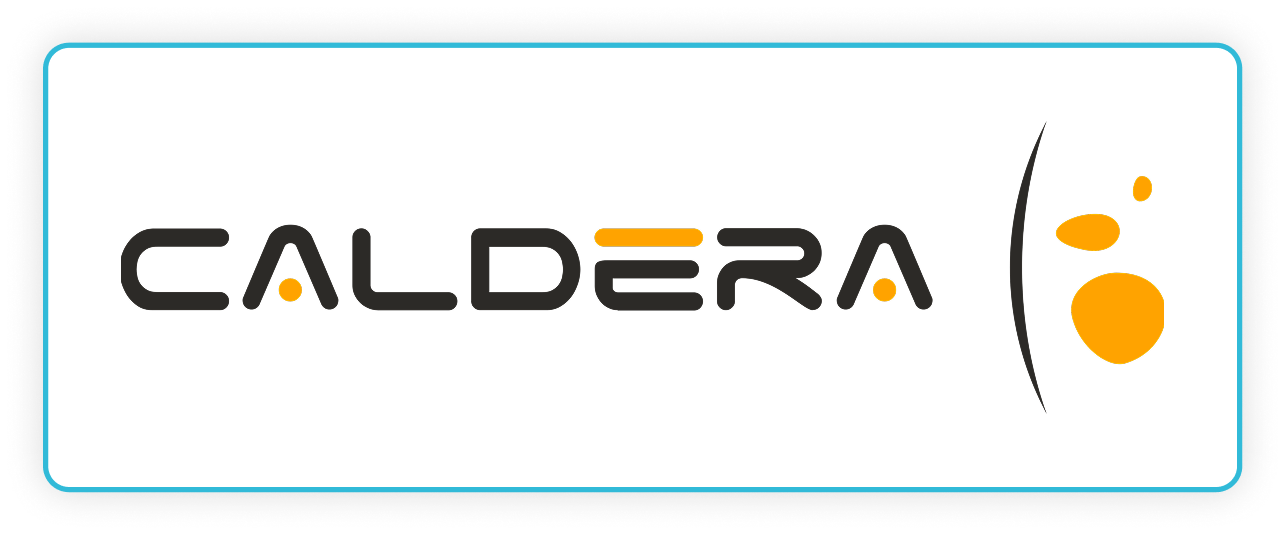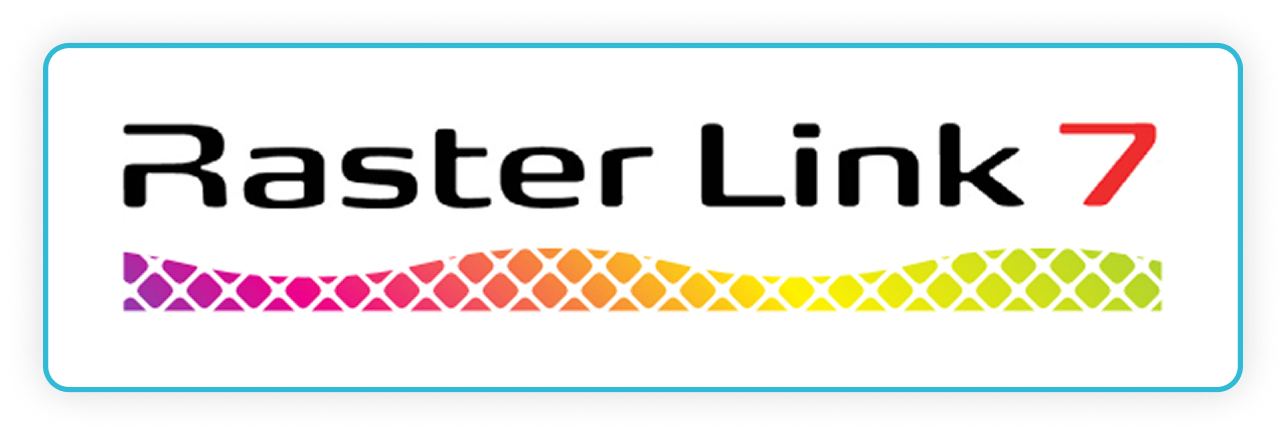RIP (Raster Image Processor) software for DTF printing plays a crucial role in preparing graphics for print. It is responsible for converting graphic files (such as PNG, PSD, or AI) into formats compatible with DTF printers, while also allowing control over key parameters like white ink channels, ink consumption, resolution, and layer sequencing.
RIP software is essential because it helps match the colors from your design to the printed output, ensuring that your prints appear consistent and vibrant. It handles halftoning and screening by converting images into tiny dots, which results in smooth gradients and sharp details, crucial for high-quality prints. The software streamlines the printing process by managing large files, organizing print queues, and allowing easy adjustments to settings. Moreover, it supports a wide range of file formats and printer models, offering greater flexibility and control within your workflow.
Top RIP Software Choices for DTF Printers
Cadlink Digital Factory is a RIP software developed specifically for Direct-to-Film printing. It offers tools for accurate color management, print file preparation, and workflow automation. The software supports single-pass printing, allowing white and color layers to be printed simultaneously, which helps reduce production time and improve color brightness. Compatible with a wide range of Epson-based DTF printers as well as larger industrial models, it accepts file formats like PDF, PNG, AI, TIFF, and SVG. With ICC profile support and media-specific print modes, the software helps maintain consistent print quality across batches.
Caldera Direct-to-Film is a specialized RIP software designed specifically for DTF printing, offering a clean and user-friendly interface with drag-and-drop functionality that simplifies job setup for both beginners and professionals. It includes built-in tutorials and direct access to a knowledge base, allowing users to learn and troubleshoot within the software environment. Key features include precise white ink control, automatic image mirroring, background knockout tools, and spot color conversion, all aimed at improving print quality and production speed. The software is compatible with Windows, macOS, and Linux, and supports widely used file formats such as PSD, PNG, PDF, AI, TIFF, and BMP. Caldera RIP is compatible with over 1,900 machines.
neoStampa Delta by Inèdit Software is a professional RIP solution tailored for textile and DTF printing, known for its robust color management engine and workflow optimization tools. It supports a vast range of over 700 printer models, including major brands like Epson, Mimaki, Roland, EFI Reggiani, and Kornit, ensuring consistent color results across diverse hardware setups. The software incorporates an advanced PDF engine based on Global Graphics’ Mako® system, which speeds up processing and ensures accurate rendering of standard PDF/X files.
RasterLink 7, like its earlier versions, is Mimaki’s official RIP software designed to operate the company’s own printers, including models intended for DTF printing. The program allows for easy print job management, offering a clear user interface, fast PDF processing, and features such as variable data printing and layer preview. RasterLink 7 is fully compatible with Mimaki DTF printers such as the UJV300DTF-75, TxF300-1600, TxF300-75, and TxF150-75. Thanks to its integration with Mimaki’s hardware and inks, it enables high-quality and consistent print results.
Roland VersaWorks is the official RIP software developed by Roland DG for their range of printers. It converts design files in RGB and CMYK into raster formats ready for printing and supports features such as spot color libraries (including Pantone and Roland Color System), contour cutting, variable data printing, and automatic nesting to optimize media usage. VersaWorks comes bundled with Roland’s desktop DTF printers, including the VersaSTUDIO BY‑20 and BN‑20D, and includes workflows specifically designed for these devices, such as layer preview and alignment tools to support the DTF process. The software is known for its intuitive user interface, allowing operators to manage multiple print queues, recall jobs quickly, and handle print tasks efficiently across various Roland machines.
How to Select the Best RIP Software for Direct-to-Film Printing

Choosing the right RIP software for your DTF printer depends on a few key factors that can significantly affect your workflow and print quality. First, look for features such as white ink layering, precise color calibration, and ink usage optimization, as these will directly impact the final result. A user-friendly interface is also important, especially if you’re new to DTF printing, as it can save you time and reduce frustration. Make sure the software is compatible with both your printer model and operating system to avoid technical issues. Lastly, go for a solution that offers regular updates and reliable customer support, so you’re not left behind as technology evolves.
The output files generated by the DTF Gang Sheet Builder, Admin Gang Sheet Builder, Internal Builder, and Custom Singles Builder are fully compatible with all RIP software solutions available on the market. This ensures a seamless workflow from design to print, regardless of the RIP software used.





